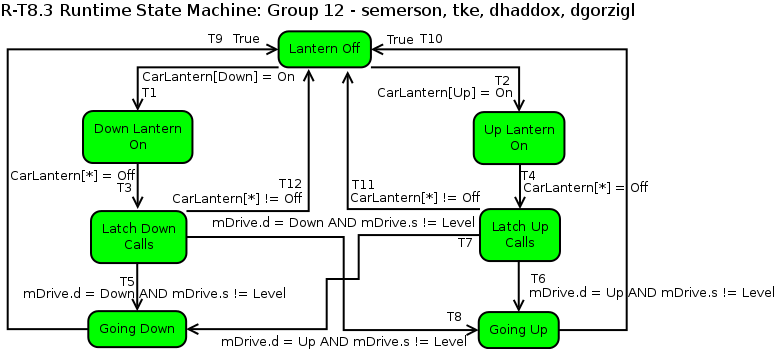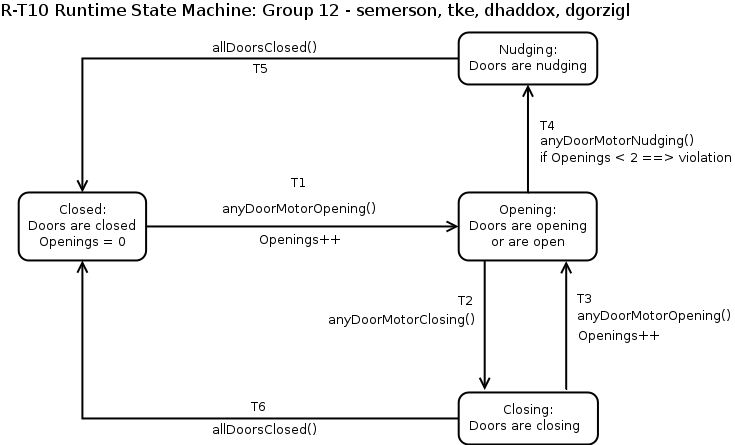Acceptance
Test Name
|
Verification
Status
|
Link to
Verification Results
|
Notes
|
proj7acceptance1.pass
|
pass
|
proj7acceptance1.stats
|
No high-level requirement violations past startup transients.
|
proj7acceptance2.pass
|
pass
|
proj7acceptance2.stats
|
No high-level requirement violations past startup transients.
|
proj7acceptance3.pass
|
pass
|
proj7acceptance3.stats
|
No high-level requirement violations past startup transients.
|
proj8group12acceptance1.pass
|
pass
|
proj8group12acceptance1.stats
|
No high-level requirement violations past startup transients.
|






